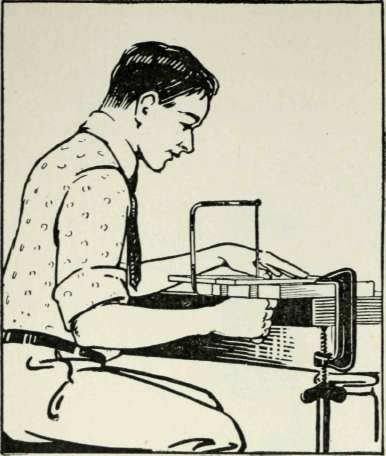J_SAMa
Established Member
HI all,
This might be obvious for most of you, but I really have no idea if a coping saw should be used on the push or pull strokes... It came with the blade installed for pull but I couldn't get used to it so I switched it to push. Is there a problem with either?
Also,is it normal for the blade to heat up? My blade was so hot I could smell the wood burning slightly (it was spruce, and honestly spruce burning smelled kinda nice to me ).
).
Sam
This might be obvious for most of you, but I really have no idea if a coping saw should be used on the push or pull strokes... It came with the blade installed for pull but I couldn't get used to it so I switched it to push. Is there a problem with either?
Also,is it normal for the blade to heat up? My blade was so hot I could smell the wood burning slightly (it was spruce, and honestly spruce burning smelled kinda nice to me
Sam


































